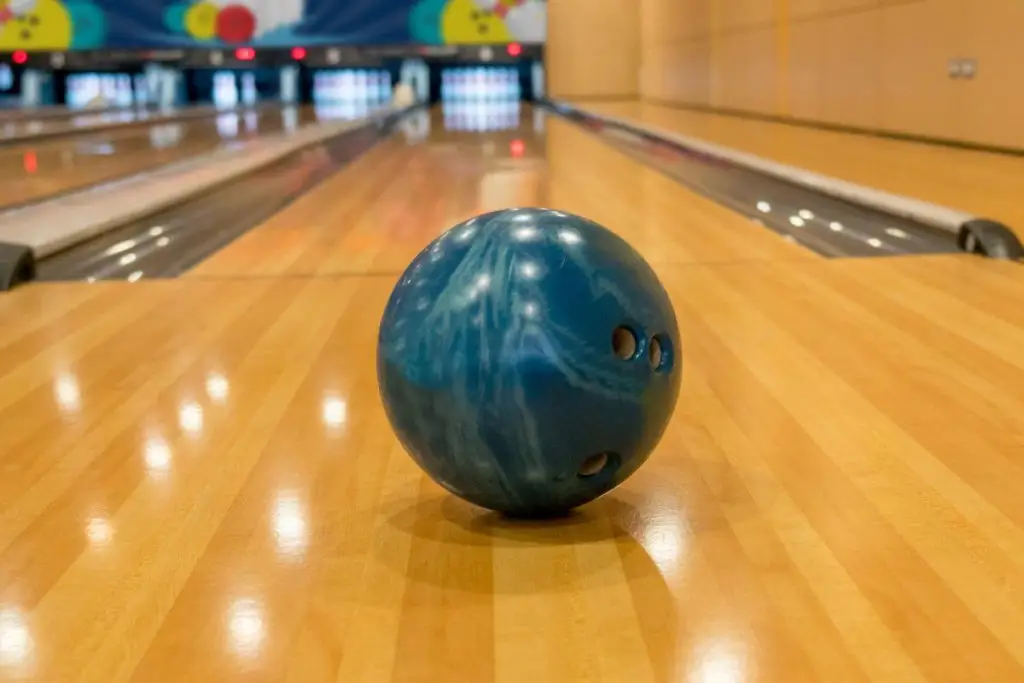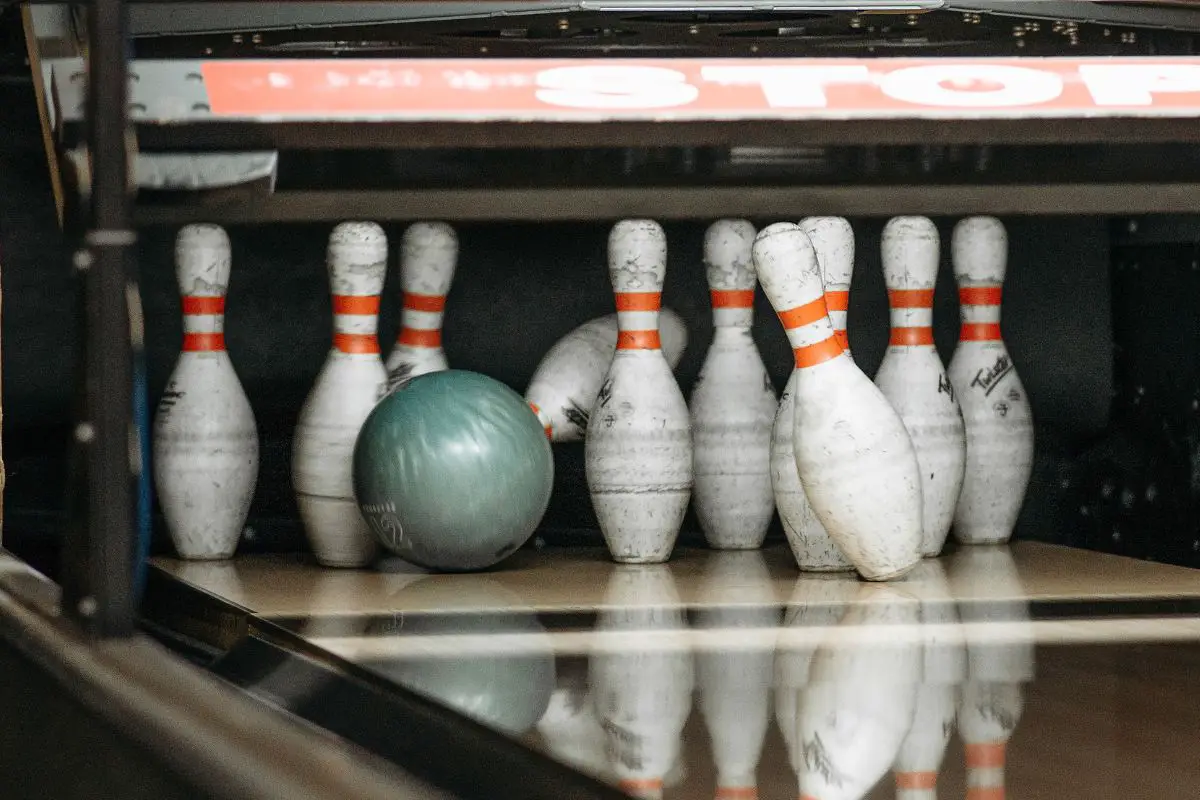Bowling is both fun and one of the most competitive activities out there. It’s easier than ever to visit a lane and get stuck in having a great time with your friends testing your precision down the lanes.

Because of its competitive nature however bowling must be fair, and this is why features such as frames have been introduced and edited over time to adapt to modern bowling and lay down some guidelines.
Frames are one of the most important parts of bowling that regulate the score and length of a game, so it is crucial for every bowler to know how they work and affect the match as it goes on.
Below we have taken a closer look at frames to discuss why they are important and how many frames are actually in a game of bowling.
What Are Frames?
A frame refers to a single turn by a bowler. When a bowler throws a ball down the lane and their turn ends, this is the end of their frame and it then moves onto the next player’s frame.
Frames had not been introduced into bowling until the 20th century with the American National Bowling Association who introduced most of the modern rules we use today to make the game more modernized and a fair competition for all involved.
This included frames which are now a staple part of the game that regulates how many bowls a player can take in that turn.
How Many Frames Are In A Game?
In a game of bowling, there are overall 10 frames. In each frame, the player gets a maximum of two shots to knock down as many pins as possible.
The only time this is not the case is in the 10th and final frame where you will get an extra shot if you score a strike or spare in your first two.
Regardless of whether a player hits a strike, a spare, or misses any pins entirely for each frame, all players will still have 10 frames to boost their score as much as possible.
In the standard tenpin version of bowling which is played in most bowling lanes, a player will therefore get a maximum of two chances to knock down as many pins as they can within each frame.
How Do Strikes And Spares Work In A Frame?
If you manage to hit a strike in the first roll of the frame, then that player’s frame will end automatically and they will receive 10 points.
If you do score a strike, for the next two balls the points earned will be added to your score in the first which can really boost your final tally.
For example, if you bowl a strike in frame 1 that would be 10 points immediately, if in frame 2 you then hit 4 pins and then 3 pins for your two throws, these 7 pins will be added to the strike score to a total 17, while your score in frame 2 itself will remain as 7.
A spare is the second-best result a player can receive in a single frame, and it includes knocking down all 10 pins but with two balls rather than one.
What Is An Open Frame?

An open frame refers to a frame where a player scored neither a strike nor a spare.
For casual matches, this is not as big of a deal and you will be able to catch up to the other scores in no time, however, for professionals playing in tournaments an open frame can be devastating as it limits how many points they can total at the end of a game.
How Are Bonus Points Awarded?
For most bowling alleys in the US, the automatic scoring system will keep a running tally sheet for you to add up any extra points throughout the game.
The way bonus points are actually earned is if a player scores a strike or spare in a single frame, and then the points awarded with the next 1 or 2 throws will be added on top of that frame score of 10.
Bonus points are why aiming for a spare or strike in bowling is so important since it allows you to reach higher scores while proving your accuracy skills.
How Many Throws Are In The 10th Frame?
While you can throw a maximum of two balls in the first 9 frames, you can actually get some extra throws in the 10th frame if you meet some requirements.
If you hit a spare in the 10th frame and knock down all ten pins with two balls, then you will be awarded the chance to have another throw to boost your final score even more.
If you manage to hit a strike in your first throw on the 10th frame, you’ll get two extra throws which can make the difference when adding up your final tally once the game is over.
How Long Does A Frame Last?
This really depends on the player and how well they do in a frame.
If someone hits a strike the first time, then their frame can be over in just a few seconds whereas if someone is carefully lining up their shot and hits a spare with two balls instead, it can often take a bit longer and even a few minutes.
On average, a player usually gets around 10 minutes of actual game time in bowling equaling a minute each frame with most players usually not taking much longer than this.
Summary
Frames are a crucial part of bowling that keep the game fun and fair, however, they are also used to total up points and if you know how they work, you can rack up some huge scores once the game is over.
Be sure to always aim for a strike or a spare to multiply your scores in a single frame while also demonstrating how much your bowling skills have improved since last time.
- A Comprehensive Guide to the Top Bowling Movies of All Time - December 23, 2023
- Bowling Shoes Selection Guide: How to Choose the Right Fit - September 27, 2023
- Bowling Ball Buying Guide: How to Choose the Right Ball for You - September 23, 2023
